72+ SAMPLE Behavior Plans
-
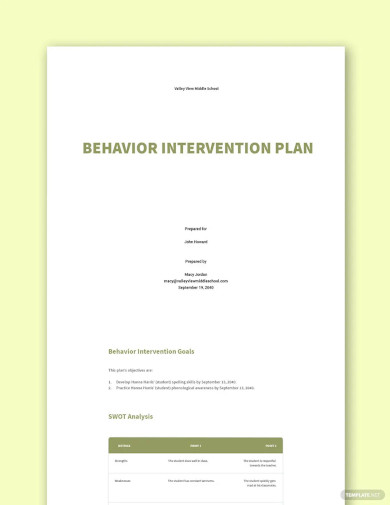
Sample Behavior Intervention Plan Template
download now -
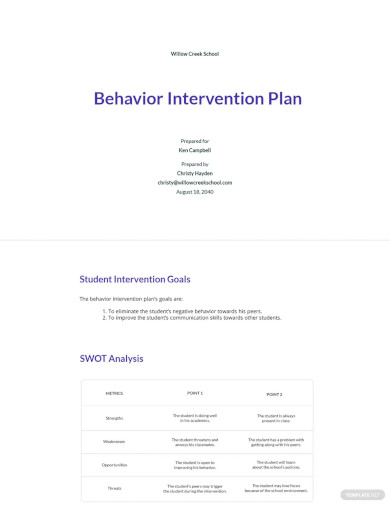
Behavior Intervention Plan Template
download now -
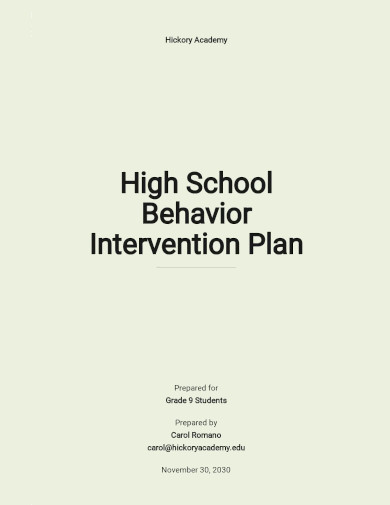
High School Behavior Intervention Plan Template
download now -
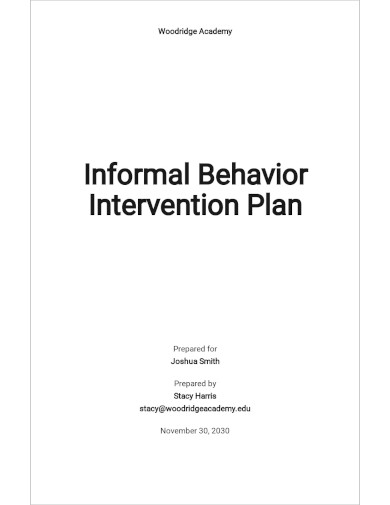
Informal Behavior Intervention Plan Template
download now -
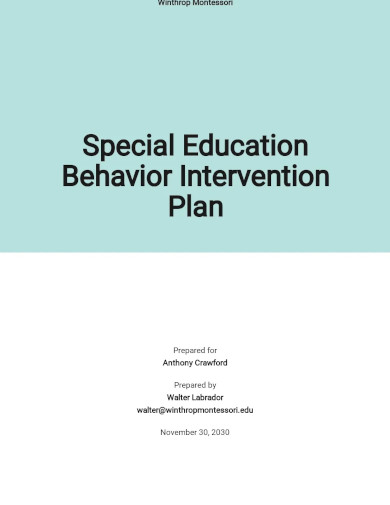
Special Education Behavior Intervention Plan Template
download now -
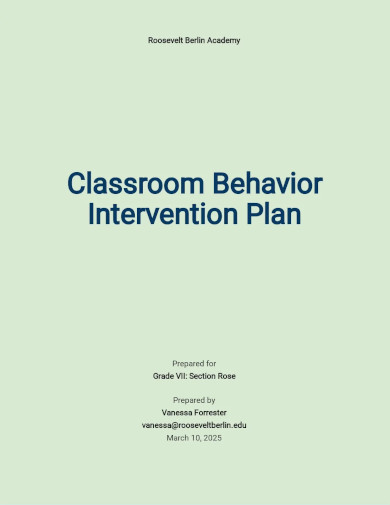
Classroom Behavior Intervention Plan Template
download now -
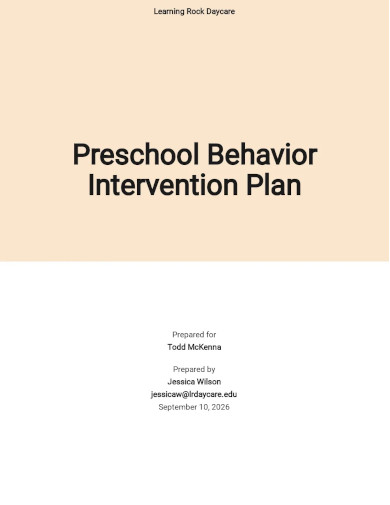
Preschool Behavior Intervention Plan Template
download now -
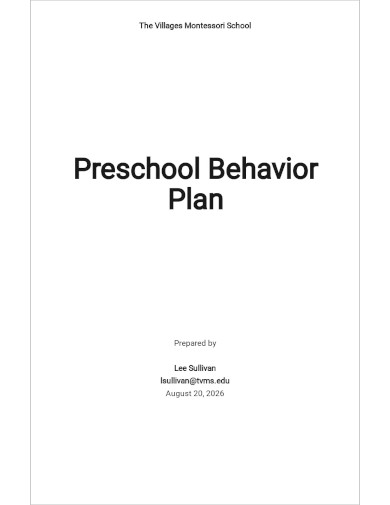
Preschool Behavior Plan Template
download now -

Preschool Behavior Modification Plan Template
download now -
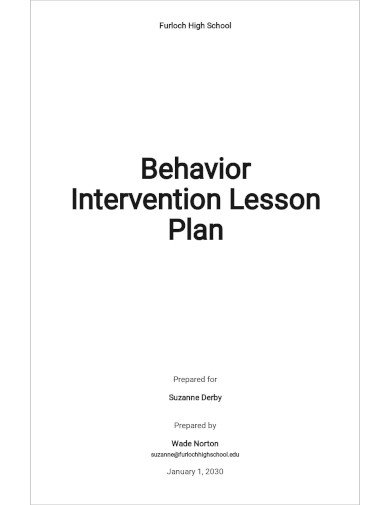
Behavior Intervention Lesson Plan Template
download now -
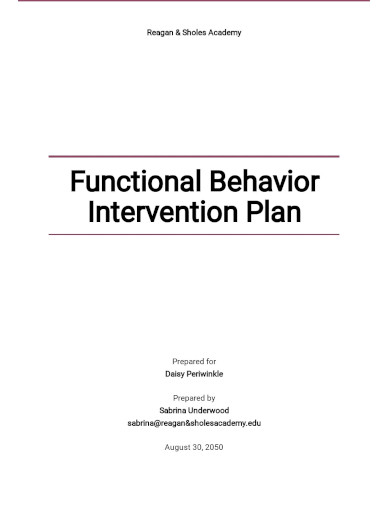
Functional Behavior Intervention Plan Template
download now -
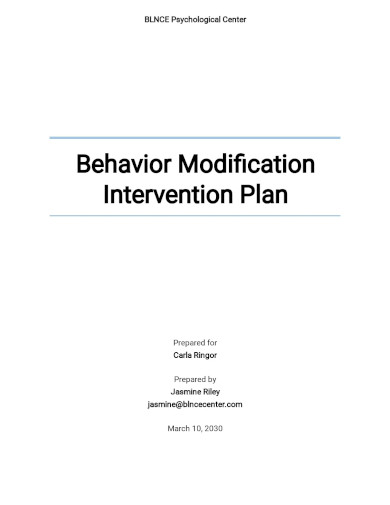
Behavior Modification Intervention Plan Template
download now -
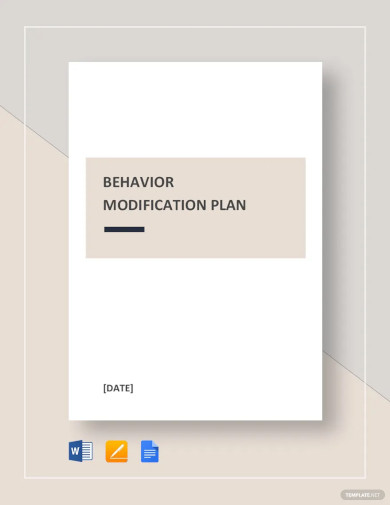
Behavior Modification Plan Template
download now -
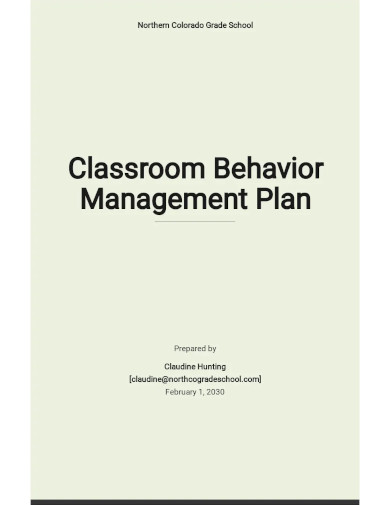
Classroom Behavior Management Plan Template
download now -
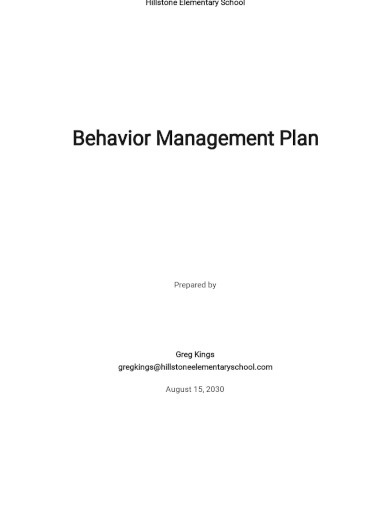
Behavior Management Plan Template
download now -

Sample Behavior Plan Template
download now -
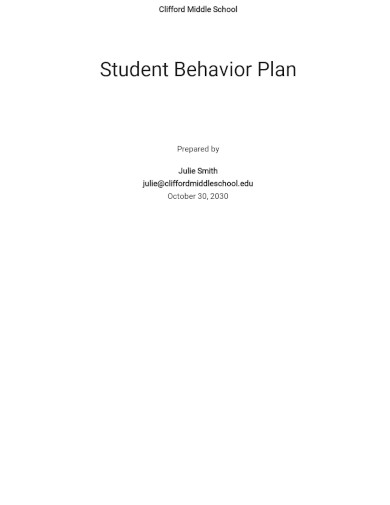
Student Behavior Plan Template
download now -
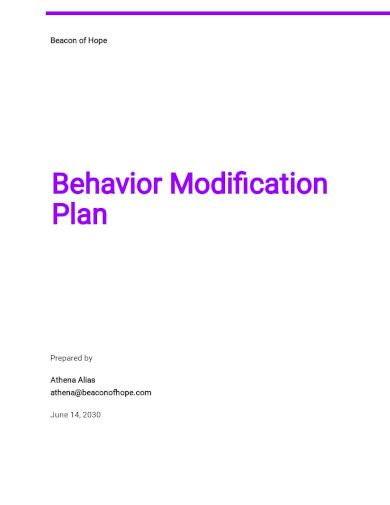
Sample Behavior Modification Plan Template
download now -
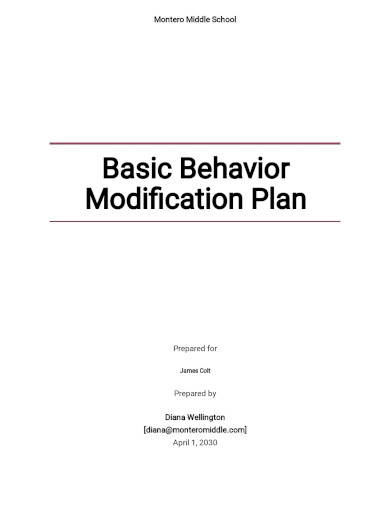
Basic Behavior Modification Plan Template
download now -
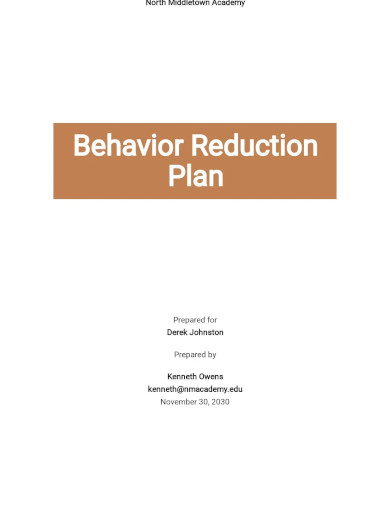
Behavior Reduction Plan Template
download now -
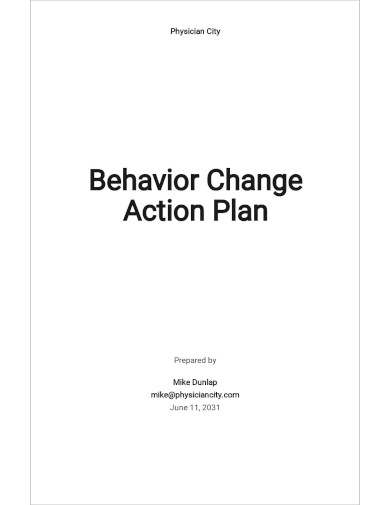
Behavior Change Action Plan Template
download now -
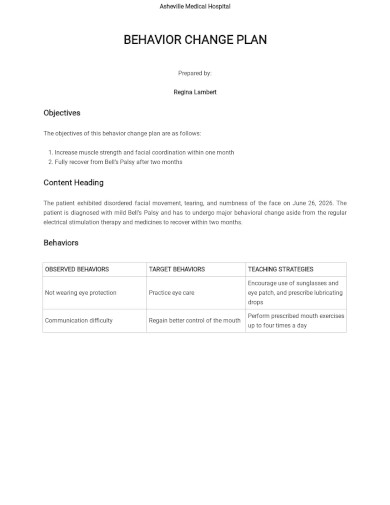
One Page Behavior Change Plan Template
download now -
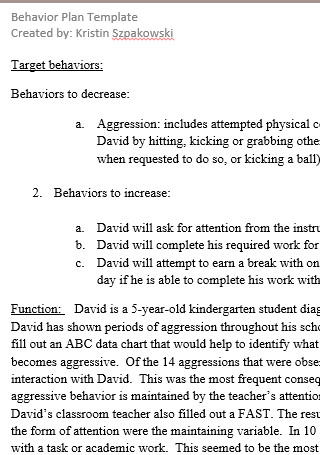
Behavior Plan Template
download now -
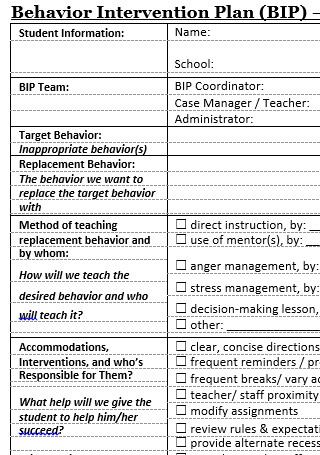
Middle School Behavior Intervention Plan
download now -
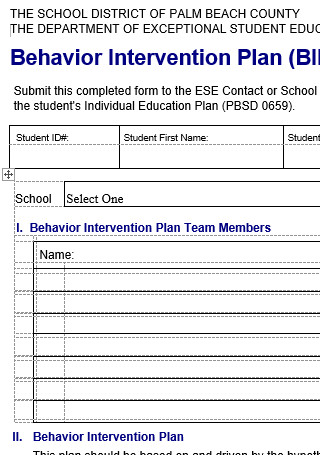
Elementary Behavior Intervention Plan Template
download now -
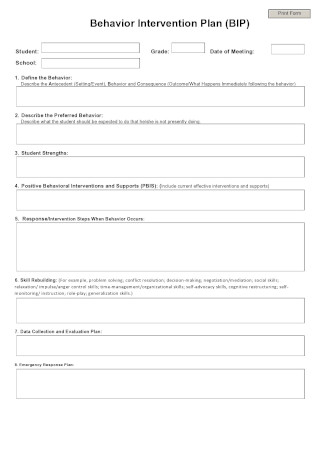
High School Behavior Intervention Plan Sample
download now -
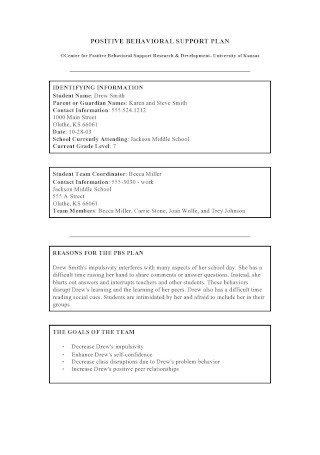
Kindergarten Positive Behavioral Support Plan
download now -

Simple Classroom Behavioral Support Plan
download now -
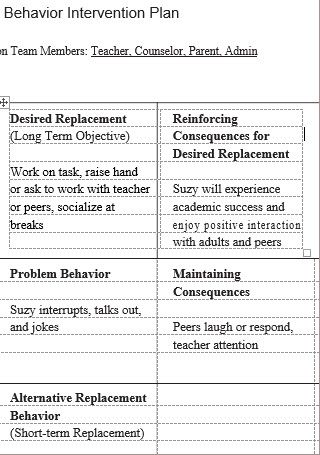
Preschool Behavior Plan
download now -
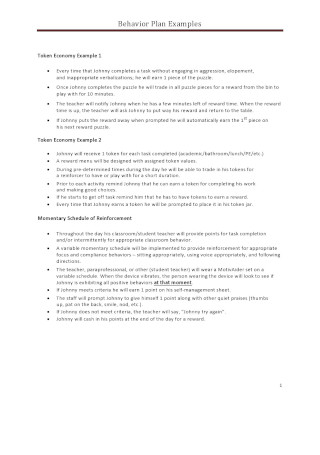
3rd Grade Behavior Plan Example
download now -
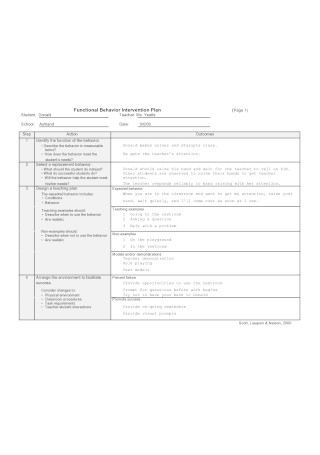
5th Grade Functional BIP
download now -

Individual Teacher Behavior Plans
download now -
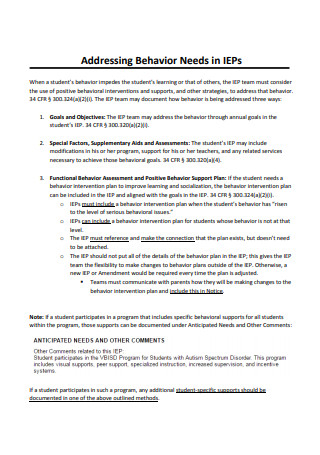
Special Education Addressing Behavior Plan
download now -
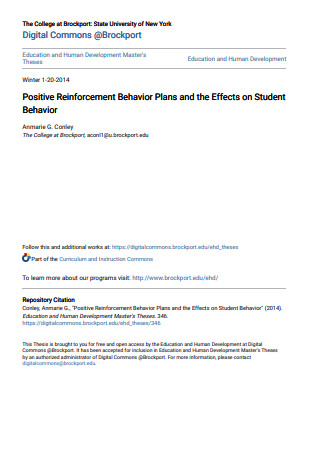
Positive Home Reinforcement Behavior Plan
download now -
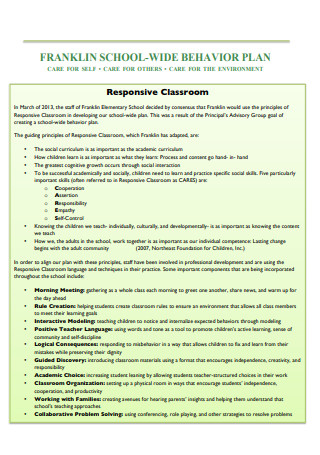
Behavior Mental Health Plan Draft
download now -
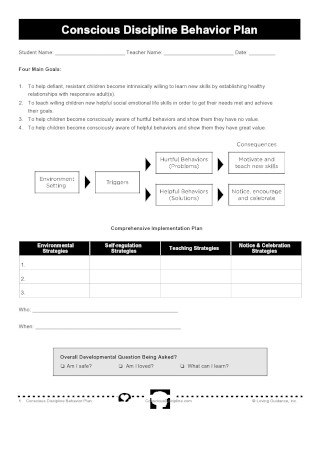
Conscious Individualized Discipline Behavior Plan
download now -
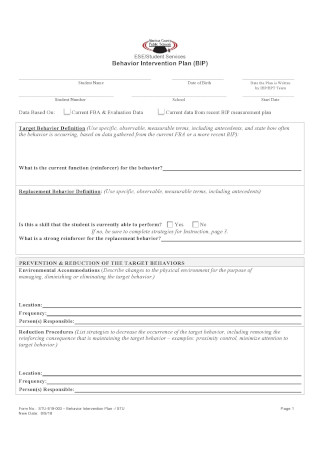
BIP Sample
download now -
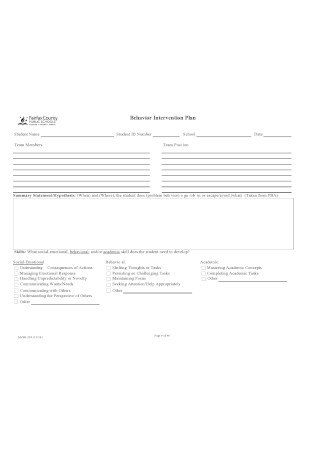
Flat Behavior Intervention Plan
download now -
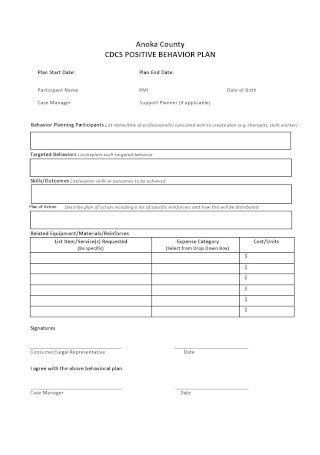
Positive Behavior Plan
download now -
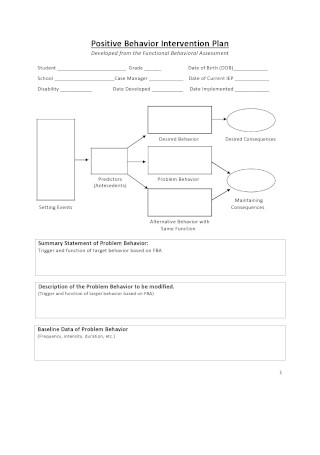
Positive Behavior Intervention Plan
download now -
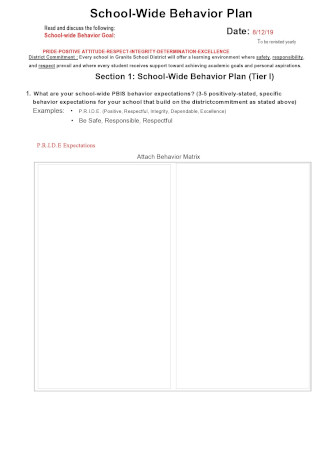
School-Wide Behavior Plan
download now -
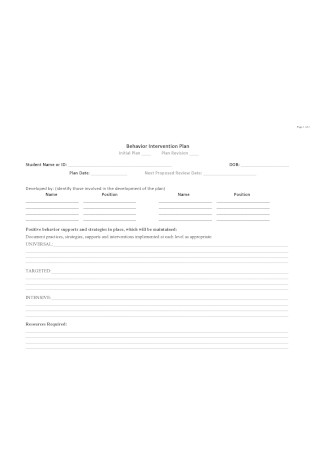
BIP Sample Template
download now -
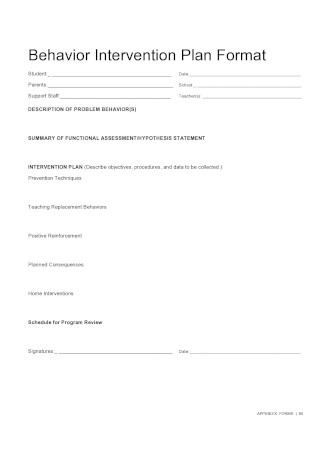
Behavior Intervention Plan Format
download now -
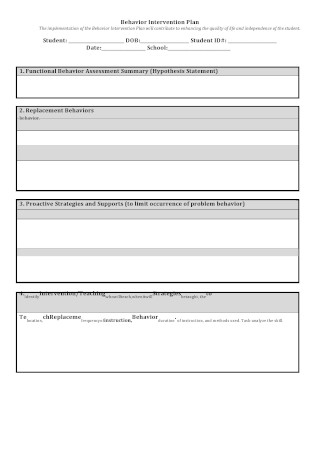
BIP Example
download now -
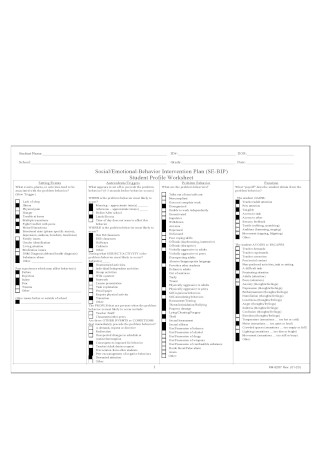
Social Behavior Intervention Plan
download now -

Positive Behavior Intervention Plan Sample
download now -
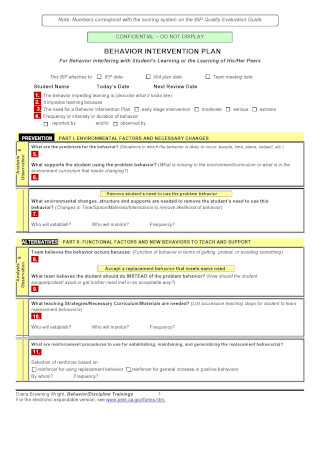
Confidential Behavior Intervention Plan
download now -
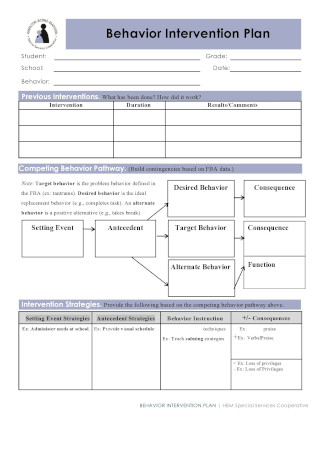
Behavior Intervention Plan Form
download now -
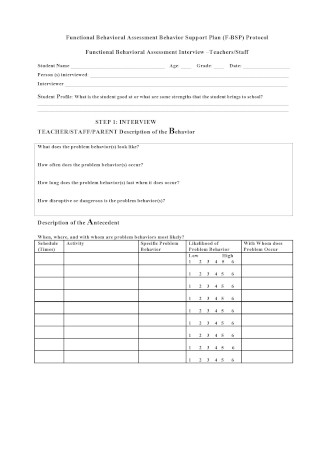
Functional BIP Sample
download now -
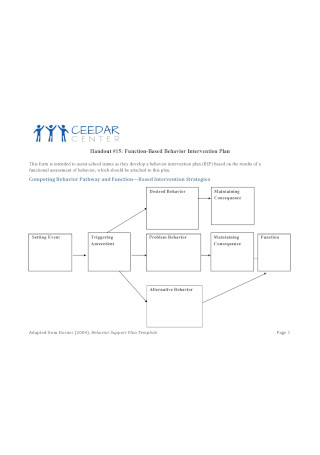
Function Based Behavior Intervention Plan
download now -
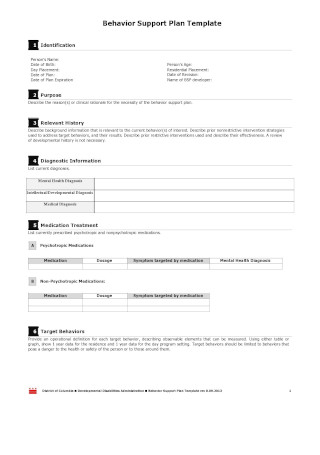
Behavior Support Plan Template
download now -
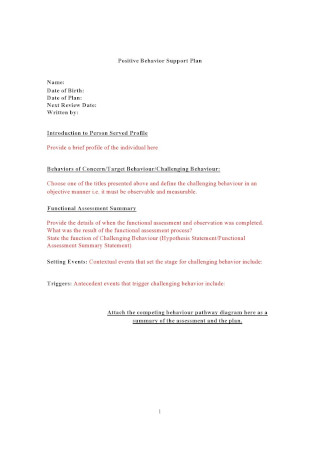
Positive Behavior Support Plan
download now -
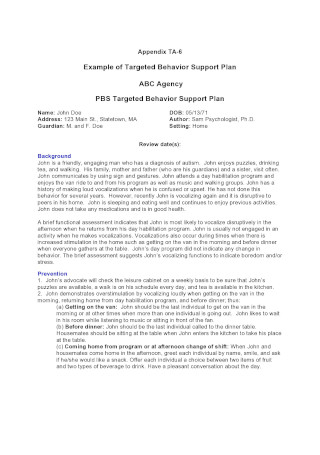
Targeted Behavior Support Plan
download now -
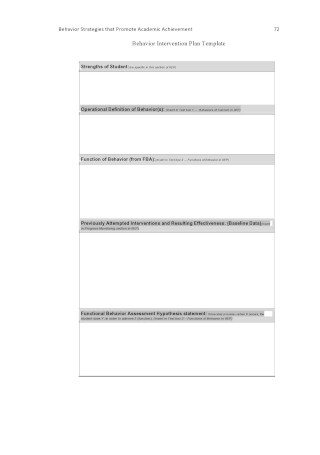
Sample Behavior Intervention Plan Template
download now -
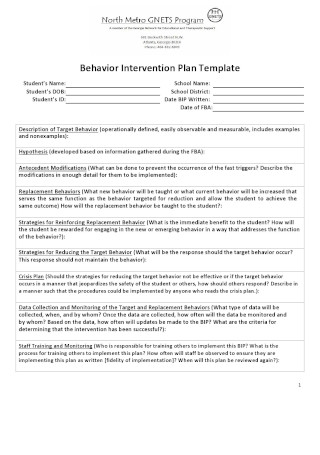
Sample BIP Template
download now -
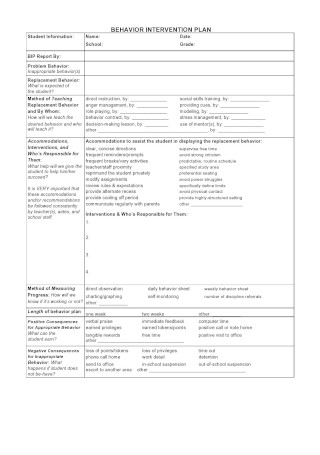
Simple BIP
download now -
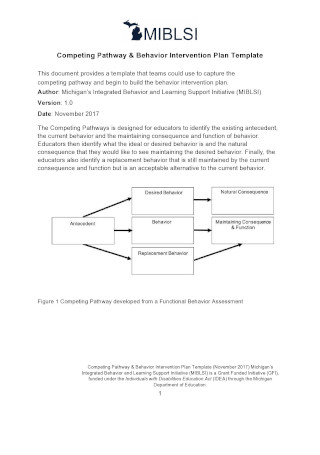
Competing Pathway & BIP
download now -
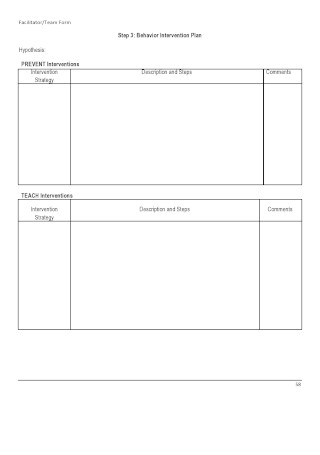
Blank Behavior Intervention Plan
download now -
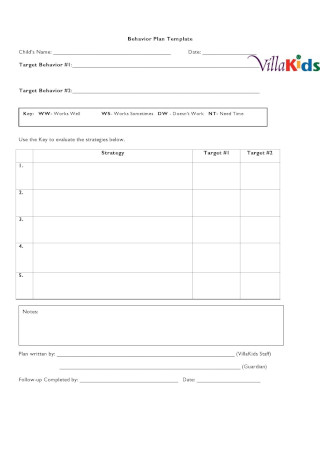
Behavior Plan Sample
download now -

Restorative Behavior Plan Template
download now -
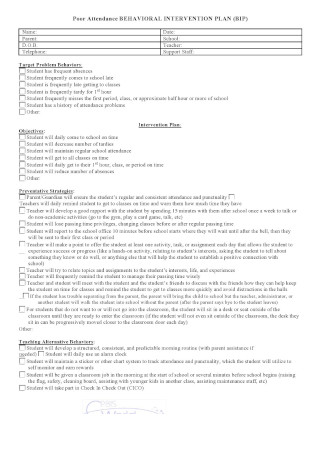
Attendance Behavior Intervention Plan
download now -

Basic Behavior Plan Template
download now -
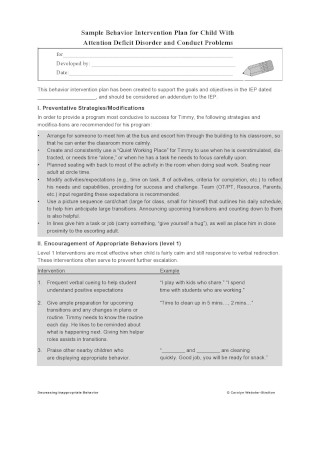
Sample Behavior Intervention Plan
download now -
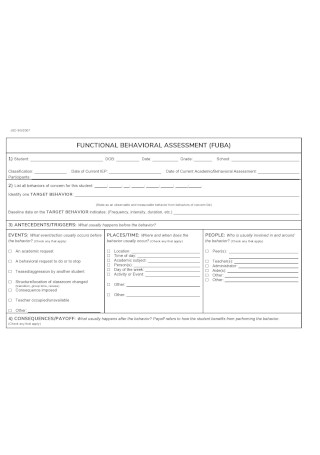
Functional Behavior Assessment
download now -

Simple Behavior Intervention Plan
download now -

Behavior Support Plan
download now -
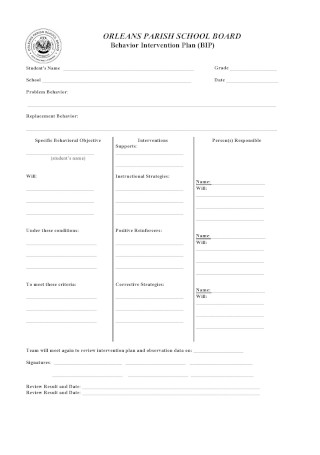
Standard BIP Template
download now -

Printable Behavior Intervention Plan
download now -
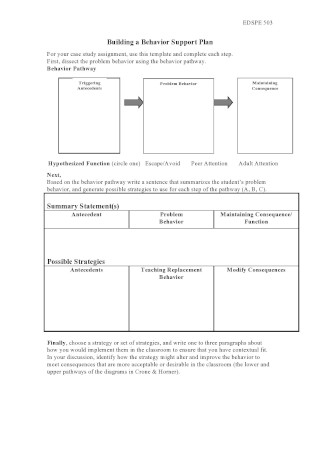
Behavior Support Plan Guide
download now -
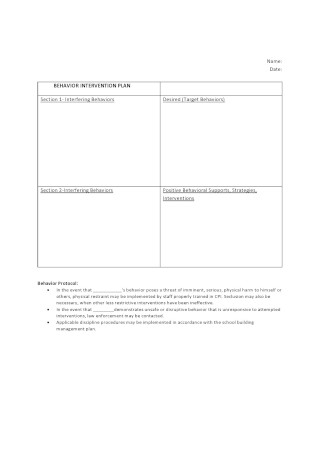
Professional Behavior Intervention Plan
download now -
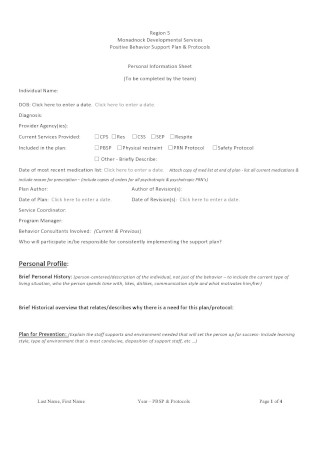
Positive Behavior Support Plan Template
download now -
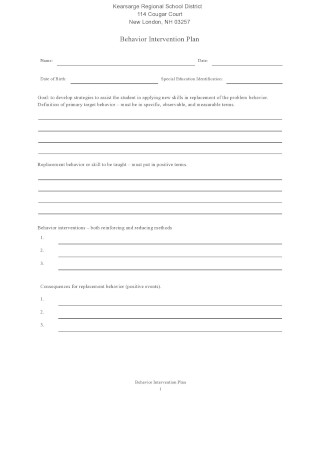
Basic Behavior Intervention Plan
download now
FREE Behavior Plan s to Download
72+ SAMPLE Behavior Plans
What Is a Behavior Plan?
Types of Problems That a Behavioral Plan Can Address
Tips for Creating a Behavior Plan
How to Create a Behavior Plan
FAQs
What is a behavior plan at school?
What does a behavior intervention plan include?
How long does a behavior intervention plan last?
What is a behavior support plan?
What Is a Behavior Plan?
A behavior plan is a plan of action designed to help reduce problematic behavior while enhancing positive behavior. It is most often used by behavior specialists, psychologists, and special education professionals to confront behavioral problems in students and children.
According to the parenting website HealthyChildren.org, the American Academy of Pediatrics (AAP) emphasizes reinforcing and teaching positive behavior rather than punishing bad behavior. Physical and verbal abuse are shown not only to be ineffective in dealing with problematic behavior; but studies suggest that it causes long-term and often, serious mental and physical damage to a child. Corporal punishment, like spanking, increases the risk of injury in young children. Verbal abuse can likewise scar and harm children. If sustained, the cycle of abuse is likely to perpetuate itself even when the child becomes an adult. Both forms of abuse can equally leave lasting effects whether physically, mentally, and emotionally.
Types of Problems That a Behavioral Plan Can Address
For children, the usual or basic problems can be grouped into two major categories. Each problematic behavior can come in varying degrees of severity. There may still be other types, but the following are the most common:
Tips for Creating a Behavior Plan
Creating a behavior plan is not a walk in the park. It requires careful and intentional planning, faithful follow through, and genuine concern for the child. Teachers and adults also have to contend with the possibility that the plan may not even guarantee positive results. Like most things, there is always an element of risk involved. However, the tips below may boost your chances of getting to the root of the problem and help you craft a constructive behavior plan.
How to Create a Behavior Plan
Before you begin crafting your behavior plan, make sure you have communicated the need for an intervention plan with the child and the parents. During this meeting, you need to have adequately and objectively assessed the needs of the child, before planning your intervention steps. While keeping in mind the tips above, follow the step-by-step guide below.
Step 1: Input the Necessary Information
Start by inputting the student or child’s name and basic information. This includes the name of the school, grade level, and date. A behavioral plan may sometimes include the address, student number, date of birth, and emergency contact information of the child. Make sure to indicate the teacher’s name or person in charge of creating the report.
The format of your behavior plan would depend on the person tasked to write it. You have several options, including table format, diagram or flowchart, questionnaire form, survey form, etc. The format is only secondary in importance. The actual content of the plan is what should matter most.
Step 2: Assess the Problem
Identify the problem behavior and describe it in detail as much as possible. It should be measurable and observable. It should only be a brief description. And the more specific, the better. Use the child’s name when describing the problem. For example, a student’s problem behavior is her frequent use of vulgar language that is not age-appropriate. Your problem would look like this: When Sarah is interacting with teachers and classmates, she consistently uses foul words and inappropriate language. This poses a problem because it shows disrespect; and teachers may have a valid concern that it could be a bad influence on the other students.
Step 3: Establish a Goal
Like any good plan, make sure to establish a goal. What is the main objective of your behavior intervention plan? What would be the desired outcome or the desired behavior? Is it replacing the bad behavior with a better, more socially acceptable one? Make sure to always go back to the problem statement. The goal should address the problem behavior. It should be specific and if possible, time-bound.
Step 4: Identify Intervention Strategies
Come up with clear and detailed strategies for discouraging negative behavior while reinforcing positive behavior. What methods can be used to implement replacement behaviors that will result in the desired behavior or goals? Indicate the when and how of implementing these strategies. For instance, positive reinforcement would be praising and rewarding the child’s behavior if they exhibit significant improvements or their progress is a step in the right direction. Intervention also entails identifying the behavioral triggers that lead to or enable the child’s unacceptable behavior. It involves creating conditions that prevent negative and deviant behavior. Will a change of environment possibly solve the problem? Perhaps a change in the student’s routine might help initiate positive changes. It is important for teachers, counselors, and parents to come up with the appropriate response strategies. The responsibility falls on them to ensure that the right support is put in place.
Step 5: Execute and Modify As Needed
Once the intervention strategies are identified and discussed with the key people involved, it is time to implement the behavior plan. It is crucial that a monitoring tool is in place as well. Make sure to prepare a solid follow through plan or a progress tracker. As mentioned above, a child and their needs can change for whatever reason. They may or may not outgrow their problematic behavior. Nonetheless, it is imperative that the behavioral plan remains open to changes and modification. Teachers and parents alike need to update and adjust their plans accordingly.
FAQs
What is a behavior plan at school?
A behavioral plan at school involves intervention from teachers, guidance counselors, or administrators on a student who is exhibiting worrisome or difficult behavior. These behaviors not only have the potential to negatively influence other students; but may pose serious long-term risk and harm to the child in question, unless it is checked and corrected. The child’s teachers usually involve and consult both the child and the parents before executing a behavior plan.
What does a behavior intervention plan include?
A behavior intervention plan typically includes the student information, target behavior, the goals and desired outcome, strategies for teaching the replacement behavior, methods of tracking progress, key persons or interventionists, and the duration of the behavior plan. Depending on the teacher, it may sometimes include a list of the student’s strengths and weaknesses.
How long does a behavior intervention plan last?
Ideally, a behavior intervention plan should be set within a doable timeframe. Some behavior plans last a minimum of two weeks. Others last a few months. What is important is that the child or student’s progress is tracked and monitored well. Setting a time frame will help give the teachers a measurable goal to work on. You also don’t want to let the behavior plan drag on too long. Children grow and need to proceed to higher levels, as part of their growth and development. The behavior plan must either be accomplished within the set time; or modified to adapt to the child’s needs and growth.
What is a behavior support plan?
A behavior support plan involves the methods and strategies teachers and counselors need to put in place to support the reinforcement of acceptable and positive behavior. This may even include modifying the responses of teachers or parents, if it helps the child mitigate negative behavior. Support may come in the form of the literal environment a child is placed in, such as the classroom. For instance, if the student cannot help but make noise and disturb his seatmates during class, maybe a change in his seating charts arrangement can be a potential strategy.
Although a behavior intervention plan may not work 100% of the time, it helps the child and those directly responsible for the child, identify triggers and possibly uncover the root causes of the problem. It is also a tool that can be utilized to, hopefully, understand the child and situation better. To some extent, a behavior plan is still helpful when it comes to behavior and classroom management plan. Download any of the sample plans above to customize your own now!
